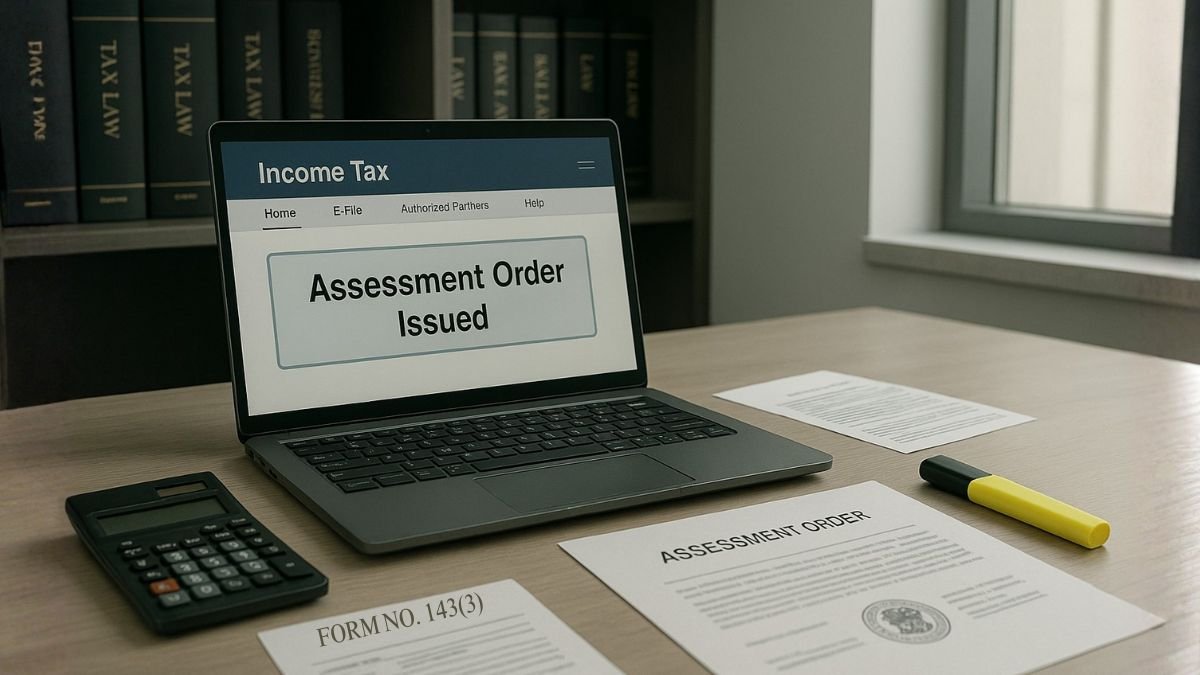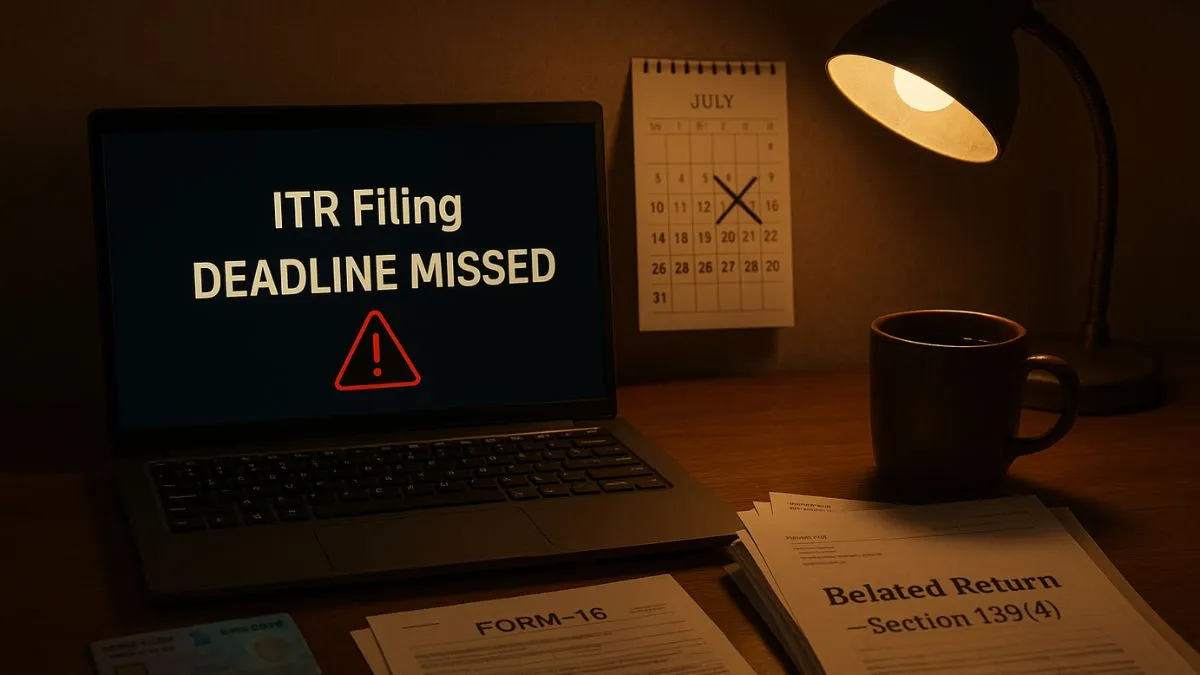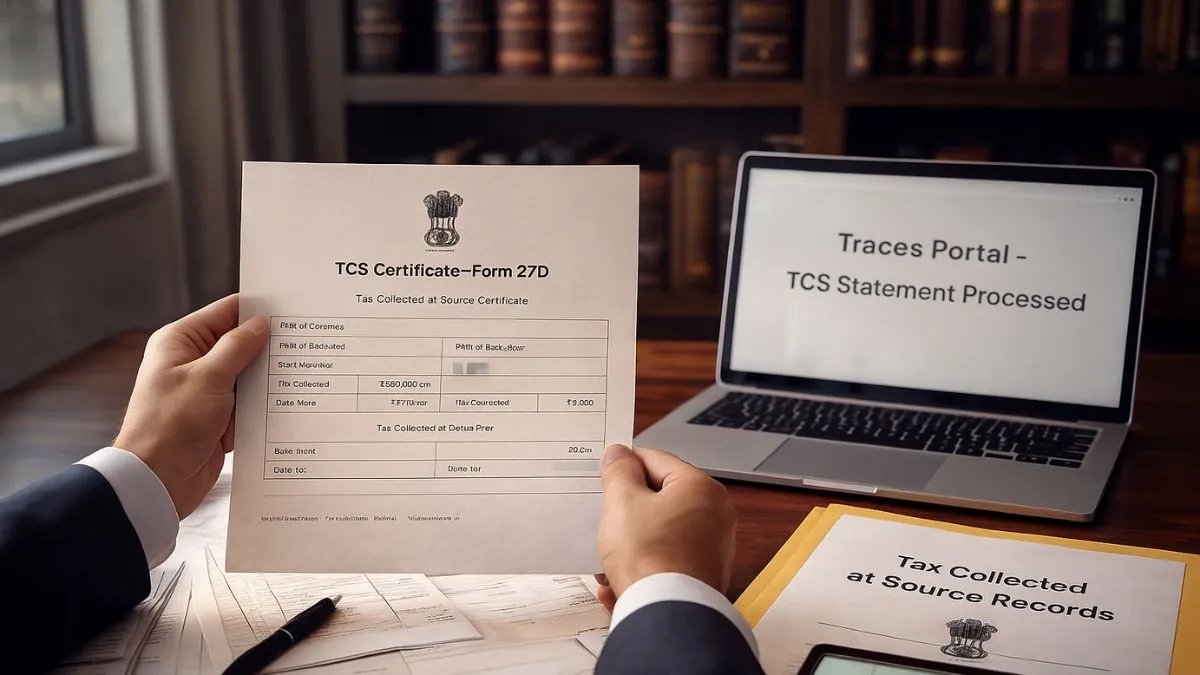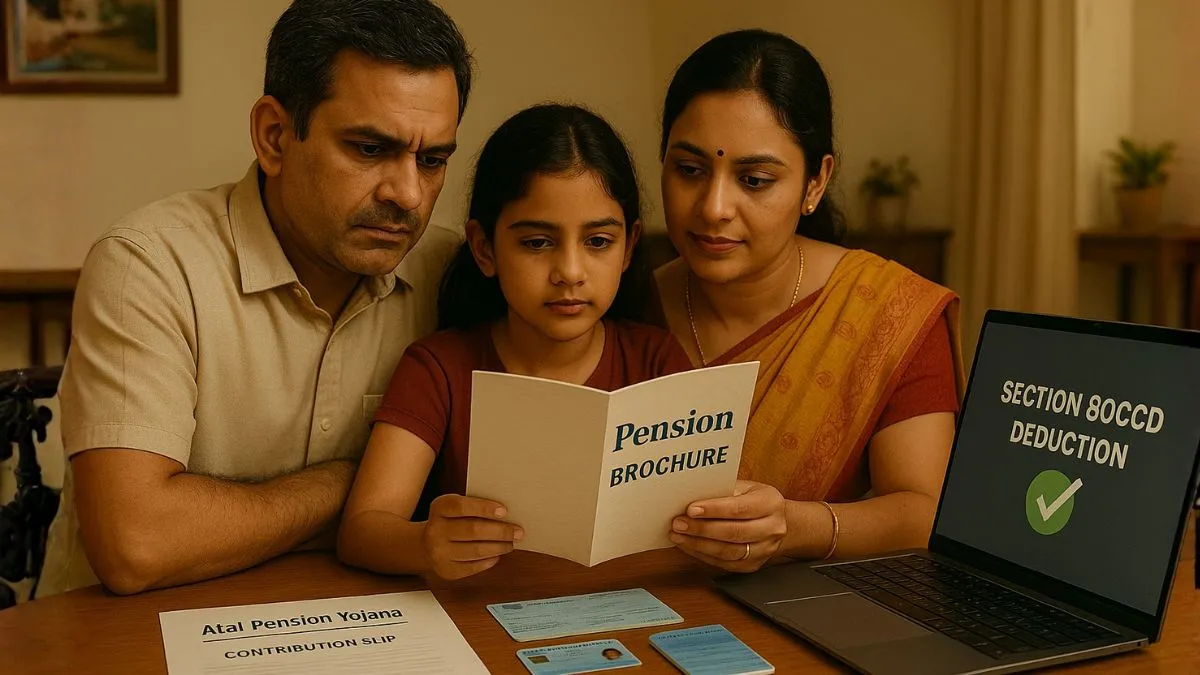
In the rush to seize the moment with eye-catching IPOs & the crypto craze, Warren Buffet has some sage advice to offer: simplicity is best.
Buffett has championed for quite some time an investment strategy known as 90/10 that is accessible for so many. As noted in the 2013 shareholder letter, Buffet is of the belief that 90% of the estate he meant for his wife’s portfolio could be held in a S&P 500 index fund, with the other 10% in short-term government bonds.
But how does it benefit Indian investors today, and why is this strategy so preferred?
What is The 90/10 Strategy All About?
Buffett's reasoning is intriguing. For the majority of people—and even professionals—attempting to beat the market is nearly impossible. This is precisely why he suggests investing in a market growth mirroring fund, such as the S&P 500 index fund in the US. Such funds are characterized by automatic diversification, low fees, & long-term investment with no need for active management.
In India, there are even better options available that fulfill this reasoning.
Indian Alternatives to S&P 500 Index Funds
You don't have to go abroad to follow Buffett's advice. India has multiple index mutual funds available to track broader indices such as the Nifty 500 or BSE 500. These include:
- Motilal Oswal Nifty 500 Index Fund.
- HDFC BSE 500 Index Fund.
- SBI Nifty 500 Index Fund.
These funds provide a broad based exposure to different sectors and companies, which for the long-term investors in Indian stock market provides a set-and-forget investment strategy. You no longer have to worry about stock picking.
If you are looking for investment options tailor-made for a salaried person, these funds are low-cost, easily accessible through SIPs, and are straightforward to navigate even with little financial knowledge."
Why The Reputation of Active Mutual Funds Doesn’t Match Reality
Despite the hype, actively-managed mutual funds fail to beat the market over the long term. Moreover, the actively-managed funds have higher expense ratios which only erode investor value for long term holders.
The Securities and Exchange Board of India’s decision to cap the Total Expense Ratio of Index Funds and ETFs at 1% is a welcomed decision for passive investment strategy advocates.
SIP Index Fund = Financial Freedom
We all have our goals, but financial goals need more discipline. One of the best investment decision would be to setup SIP in a low cost index fund. If you are among those wondering what to do with 2 lakhs rupees, consider investing in a SIP or lump-sum investment in a bank investment scheme or an index fund based on your risk appetite.
Also Read: Budget 2024: Tax on Physical Gold vs Digital Gold
Key Benefits:
- Cost Averaging: The average cost of investment is smoothed over time.
- Reduced Risk: Limits risk from any single sector or company.
- Compounding: Requires discipline over time but builds sustainable wealth.
For an investor who is wondering on how to invest money in a bank & the stock market, index investing in stock market offers low-risk option with stable results.
Discipline Over Skill in the Real-World Context
Buffett's method might be considered bland, yet it is effective. In this case, it is not about attempting to predict the market or searching for the latest steal; it is about enduring the course.
Even in today’s overflowing Indian market, the most effective investment deals in India are still the unimaginative, reliable, and inexpensive ones."
Concluding Remarks
Warren Buffett’s 90/10 parametric has not only serves as a guideline; it is a piece of wisdom. It serves as a gentle nudge to help ease the incoherent rush a lot of us face, & the reality that discipline certainly trumps emotion. Whether you are a novice or a person who has grown weary with the relentless pursuit of the latest fads, this is your cue to simplify your strategies. Watch as the magic of compounding and consistency instigates progress.
When in doubt, beginning seems to be impossible, head over to Callmyca.com, and have a conversation with a registered financial advisor who is well equipped to devise a strategy that aligns with your objectives, risk appetite, & time frame.











